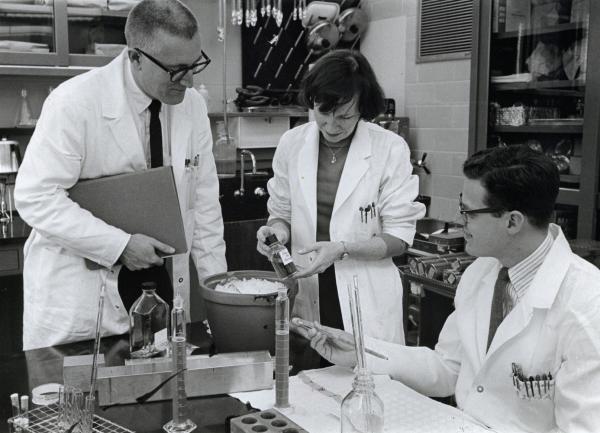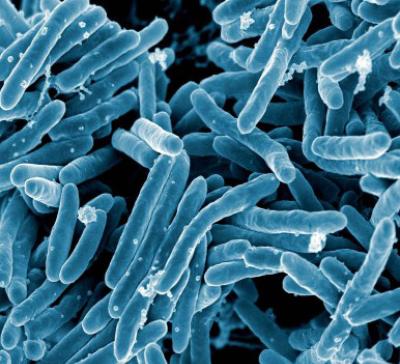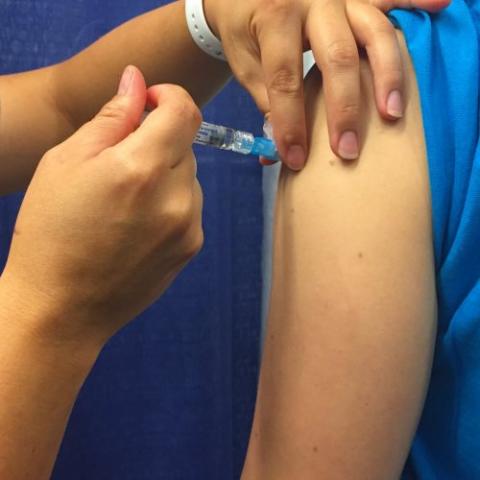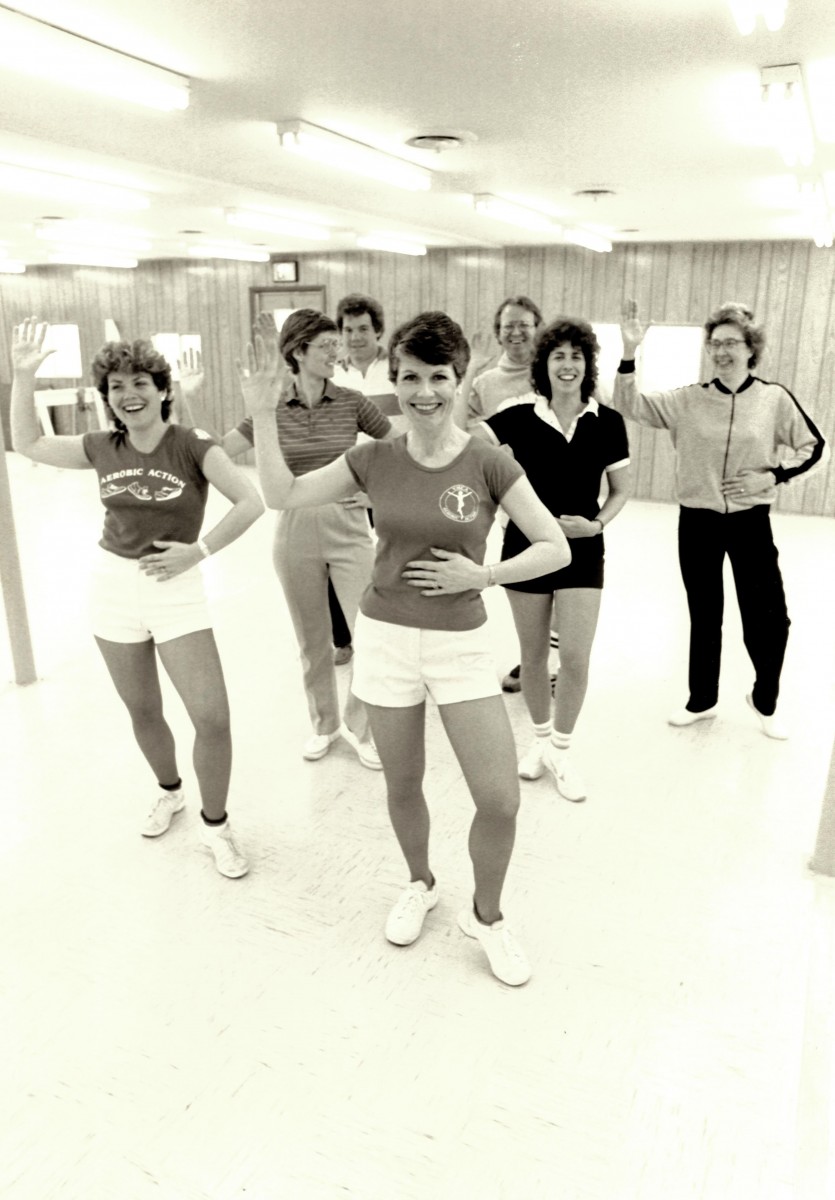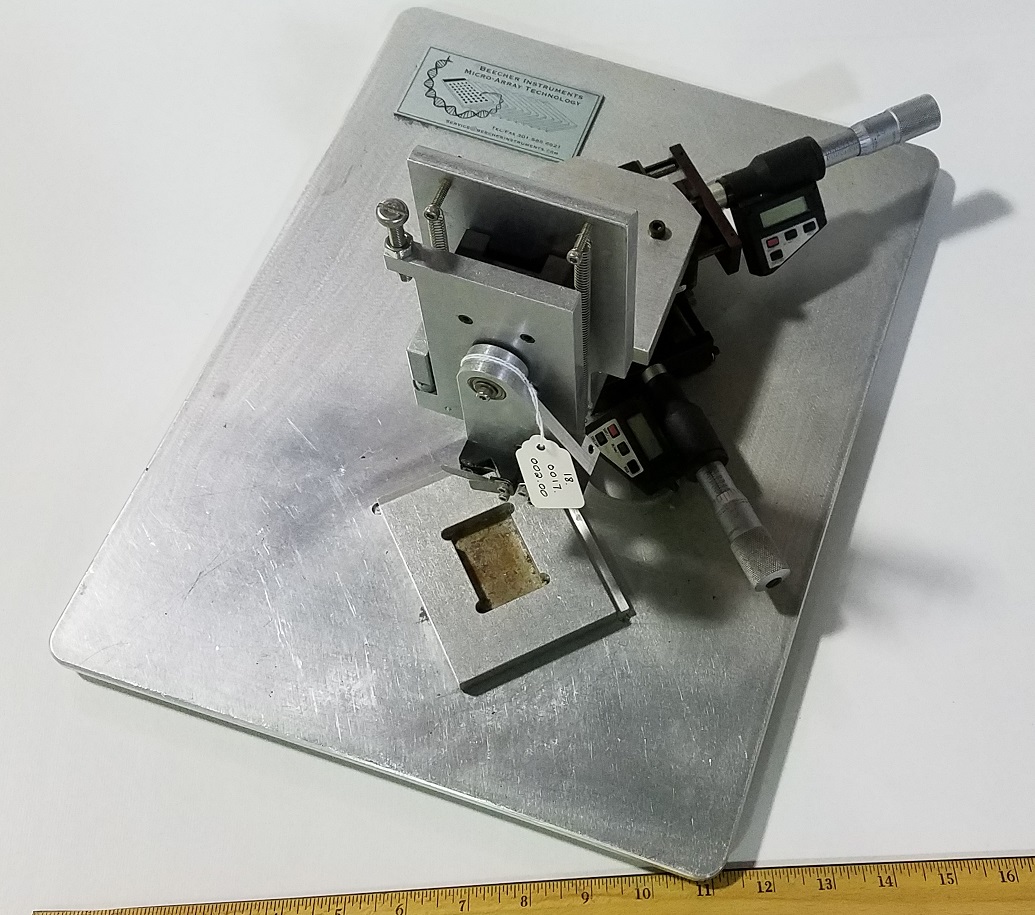IRP’s John T. Schiller Elected to National Academy of Sciences
NIH Scientist’s Decoy Virus Revolutionizes Cervical Cancer Prevention
The National Academy of Sciences (NAS), established in 1863, is comprised of the United States’ most distinguished scientific scholars, including nearly 500 Nobel Prize winners. Members of the NAS are elected by their peers and entrusted with the responsibility of providing independent, objective advice on national matters related to science and technology in an effort to advance innovations in the United States.
IRP senior investigator John T. Schiller, Ph.D., was elected to the NAS in 2020 in recognition of a career that has produced numerous discoveries about human papillomaviruses (HPV), sexually transmitted infections that cause genital warts and are responsible for most cases of cervical cancer. His decades-long partnership with fellow IRP senior investigator Douglas R. Lowy, M.D., who was elected to the NAS in 2009, has yielded a deeper understanding of how HPV infects and damages cells and led to the creation of the first vaccines to prevent HPV infection.




